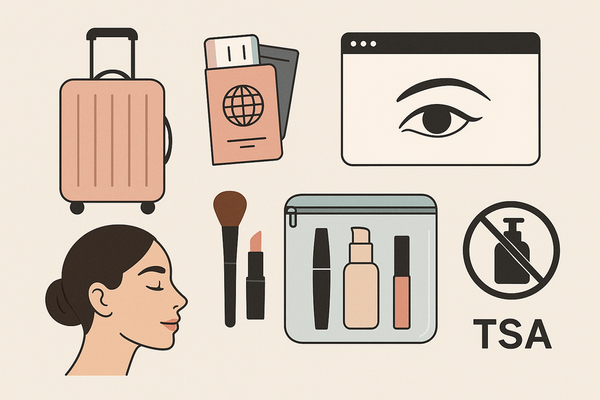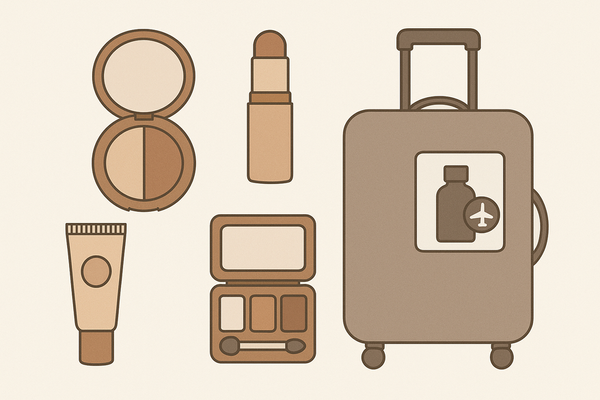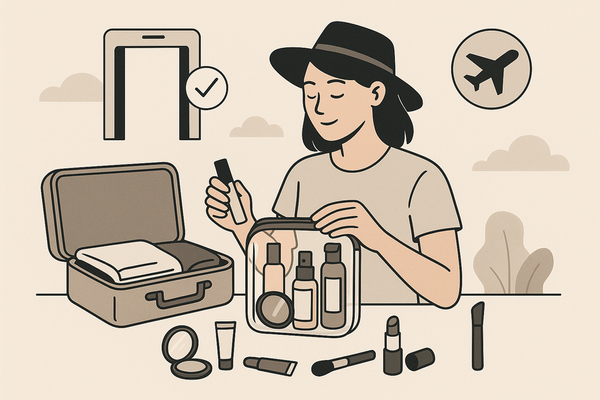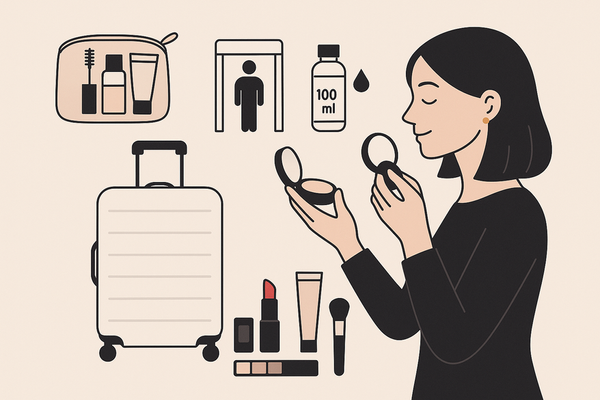Makeup Check AI Technology Development: A Comprehensive Journey
Explore the evolution of makeup check AI technology development, its core advances, current breakthroughs, and future trends. Discover personalized beauty tech.

Estimated reading time: 8 minutes
Key Takeaways
- Real-time cosmetic guidance combines computer vision, deep learning, and AR for personalized makeup feedback.
- Core advances include face parsing, shade & texture recognition, and multimodal advice.
- Current challenges: data variability, skin tone inclusivity, style diversity, and low-latency inference.
- Emerging trends: enhanced AR overlays, on-device inference, hyper-personalization, and AI assistants.
Table of Contents
- Background and Evolution of AI Beauty Technology
- Emergence of Makeup Check AI
- How Makeup Check AI Technology Works
- Current Developments in Makeup Check AI Technology Development
- Technical Challenges in AI Technology Development for Makeup Check
- Future Trends in Makeup Check AI Technology Development
- Conclusion: Makeup Check AI Technology Development Outlook
Background and Evolution of AI Beauty Technology
The journey of AI in beauty began in the 1990s with early expert systems recommending skincare products. As computing power grew, machine learning and deep learning unlocked facial and skin analysis, paving the way for today’s transformer-based and multimodal models.
"Olay Skin Advisor achieved over 80% accuracy in recommending skincare regimens, proving the value of AI diagnostics in beauty."
- Olay Skin Advisor: Launched as an AI skin diagnostics tool with commercial success.
- L’Oréal Perso: In-home device blending foundation and skincare via real-time AI analysis.
- Smart Mirrors: Equipped with cameras and AI to highlight unblended edges and uneven coverage live.
Emergence of Makeup Check AI
Building on these foundations, makeup check AI introduced three core advances:
- Computer Vision Face Parsing: Precise segmentation of eyes, lips, cheeks, down to lashes and contours.
- Shade & Texture Recognition: Neural networks detect undertone shifts, product textures, and finish types.
- Multimodal Advice: Combines images with user style preferences or text prompts for context-aware recommendations.
How Makeup Check AI Technology Works
Platforms like Makeup Check AI exemplify these advances, offering real-time analysis, personalized shade matching, and AR overlays that guide users step by step.
Core Technology Components:
- Computer Vision:
- Face Detection & Landmarking: Locates eyes, nose, mouth to orient analysis.
- Region Segmentation: Identifies lids, brows, cheeks, lips for targeted feedback.
- Machine Learning & Deep Learning:
- Product Classification: Detects foundation, concealer, eyeliner, blush, etc.
- Quality Metrics: Scores evenness, line sharpness, brow symmetry, and blending smoothness.
- Data Analysis & Personalization:
- User-Profile Learning: Captures skin type, undertone, and style history.
- Preference Modeling: Adapts advice to preferred finishes like matte, satin, or glossy.
Typical Processing Pipeline:
- Image/Video Capture via mobile app or smart mirror
- Preprocessing: Lighting normalization and feature segmentation
- Quality Assessment: Metrics evaluation and error detection
- Recommendation Generation: Step-by-step fixes and product matches
- AR Overlay: Real-time visualization of corrective brush strokes
Current Developments in Makeup Check AI Technology Development
Recent advances in algorithm design and personalization push makeup check AI into new frontiers. Efficient transformer variants now enable on-device processing with millisecond latency (read more), while multimodal systems merge vision and text prompts for richer, context-aware advice.
Technical Challenges in AI Technology Development for Makeup Check
- Data Variability: Handling lighting changes, camera quality, and occlusions.
- Inclusivity Challenges: Ensuring accuracy across diverse skin tones and undertones.
- Style Diversity: Distinguishing intentional trends from application errors.
- Real-Time Performance: Achieving model compression and low-latency inference.
Future Trends in Makeup Check AI Technology Development
- Enhanced AR Guidance: Persistent overlays and interactive brush-stroke markers.
- Edge & On-Device Inference: Privacy-first, responsive models running locally.
- Hyper-Personalized Routines: Seasonal, lighting, and event-based adjustments via customized AI plans.
- Multimodal AI Assistants: Chatbots integrated with live camera feeds for co-created looks.
- Next-Gen Hardware: Smart mirrors and wearables offering continuous makeup coaching.
Conclusion: Makeup Check AI Technology Development Outlook
The evolution from rule-based diagnostics to sophisticated, real-time guidance powered by computer vision, deep learning, and multimodal models marks a new era in beauty tech. As these systems become more inclusive, transparent, and privacy-conscious, consumers will enjoy tailored makeup advice anytime, anywhere. Explore more at Makeup Check AI.
FAQ
What is makeup check AI?
Makeup check AI is a technology that analyzes facial images to assess makeup application quality, identify issues like uneven blending or misaligned eyeliner, and provide personalized correction guidance in real time.
How does it ensure accurate shade matching?
It uses deep neural networks trained on vast datasets to detect skin undertones, texture differences, and lighting conditions, then recommends shades that best match the user’s complexion.
Are there any privacy concerns?
Privacy is addressed through on-device inference options and data minimization practices, ensuring images are processed locally or anonymized before analysis.
Can I use makeup check AI offline?
Many modern implementations support edge inference, allowing core features like shade matching and basic analysis to run without an internet connection.




